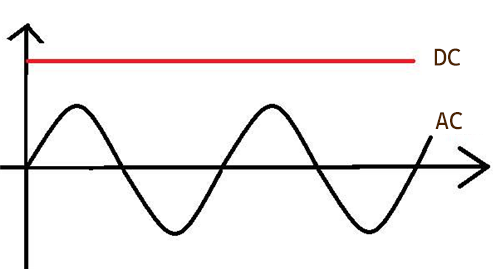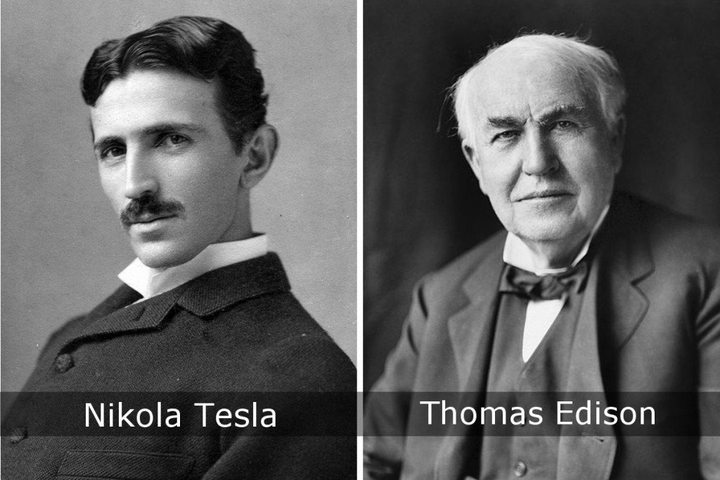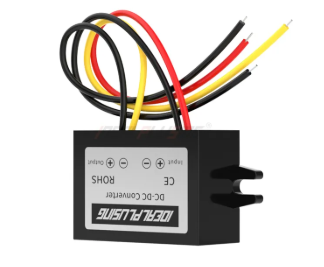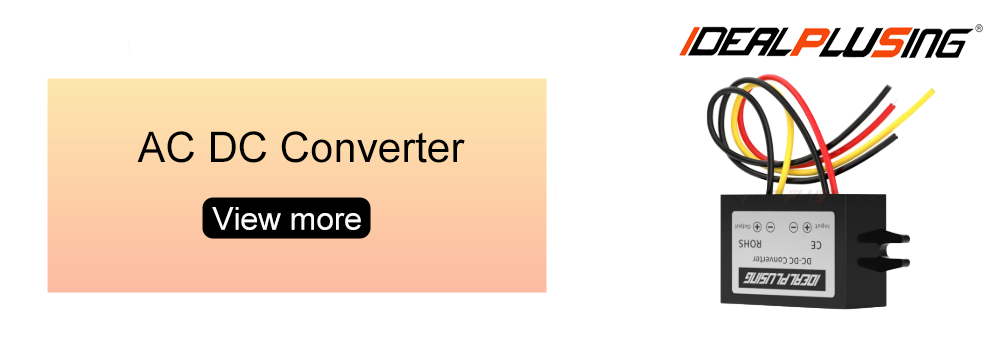As the two basic types of electricity in the field of power, alternating current and direct current play an extremely important role in multiple fields of the modern world. So, what is the difference between alternating current and direct current, and how are they converted to each other? With these two questions in mind, our article will provide you with a detailed introduction.
The basic: What are alternating current and direct current?
AC power refers to the current form in which charges oscillate back and forth in a circuit. It is generated by changing the direction and magnitude of the power supply voltage, causing the direction of the current to periodically change between positive and negative values. The periodic variation of alternating current is usually expressed in frequency and measured in hertz (Hz) (in standard power systems, the frequency of alternating current is usually 50 or 60 Hz)

Direct current, abbreviated as DC, is a form of electric current in which the direction of charge flow remains unchanged, and its charge flows in one direction. Direct current can be directly generated through batteries, solar cells, etc., with a constant voltage and direction. Its characteristic is that the direction of charge flow is fixed, flowing only in one direction in the circuit, and the voltage remains stable without changing over time. Therefore, direct current is suitable for electronic devices that require stable voltage and direction, such as battery powered devices
The battle between AC and DC: which one is better?
After explaining the definitions of alternating current and direct current, many readers will definitely be interested in this and have a strong interest in the question of which is better, alternating current or direct current. For this, I would like to first insert a brief history, because over a hundred years ago, two very intelligent people had already answered this question for us.
The first person was Thomas Edison, who invented the mature incandescent bulb and established the world's earliest power supply system - the direct current power supply system, claiming that direct current is more stable and safe. Meanwhile, another intelligent person, Nikola Tesla, advocated a different view from Edison. Tesla advocated the use of alternating current systems because they could easily change the voltage through transformers, thereby achieving high voltage, low loss, and long-distance transmission of electrical energy. This was a fatal weakness that direct current could not solve at that time. What is the outcome of this debate? AC power has become the absolute standard for the global power grid due to its unparalleled transmission advantages. Until today, all the electricity transmitted from the power plant to our household sockets is alternating current.

But did Edison's direct current completely fail? Of course not! We have found that AC power is superior in transmitting electricity, but DC power is fundamental in driving electronic products. All of our precision equipment, such as the chips inside mobile phones, computers, and televisions, must rely on stable and directional direct current to function. This leads to our key role today: AC to DC converter. It is the bridge that connects these two worlds.
A bridge connecting alternating current and direct current: AC to DC converter
Since we know that AC power is in the socket, while phones and computers require DC power, a question arises: how to convert the AC power in the wall into DC power that devices can use?

The process of converting alternating current (AC) to direct current (DC) involves several key steps: First, the voltage is reduced to a level suitable for rectification.Then, rectifier circuits (such as diodes) convert the AC power into pulsating DC power. Next, the filtering circuit uses capacitors to remove the AC component from the pulsating DC current, smoothing the output waveform.Finally, voltage stabilisation circuits utilise negative feedback technology to ensure the stability of the output DC voltage.
In short, AC to DC converters are the bridge that connects AC and DC electricity and play an indispensable role in modern society. Readers who need to know the detailed steps of converting AC to DC can search for our company's another official blog, where there will be a more detailed introduction. If you need to order an AC to DC converter, please feel free to contact us and we will reply to you as soon as possible!








